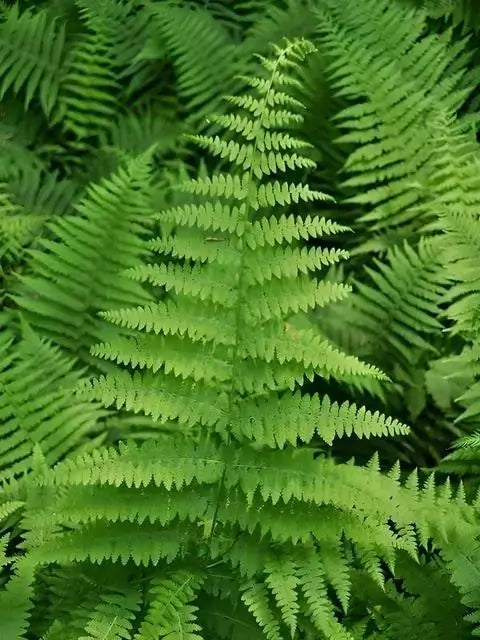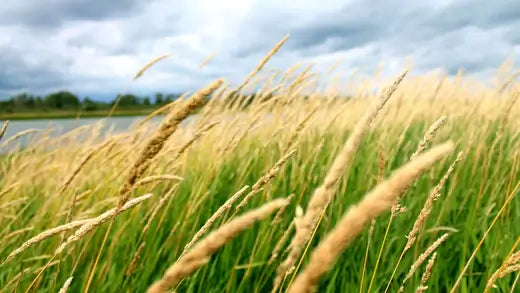Creating a native fern garden can be a beautiful and rewarding endeavor.
Ferns are known for their delicate foliage and ability to thrive in shady, moist environments.
Here are some steps to help you plant and care for your native fern garden: Research native fern species: Identify the native fern species adaptable to your climate and growing conditions.
Check with local gardening centers, botanical gardens, or horticultural societies for information on native ferns in your area.
Choose a suitable location: Ferns prefer partial to full shade and thrive in moist, well-drained soil. Select a place in your garden that receives dappled sunlight or is shaded for most of the day.
Prepare the soil: Ferns prefer a rich, organic soil that retains moisture. Amend the soil with compost or well-rotted leaf litter to improve its organic content and drainage.
Planting the ferns: Dig holes slightly larger than the fern's root ball and space them according to the specific recommendations for the species you're growing. Place the ferns in the gaps and gently backfill with soil, ensuring that the crown (where the roots meet the fronds) is level with the ground.
Watering: After planting, thoroughly water the ferns to settle the soil. Maintain consistent moisture throughout the growing season, keeping the ground evenly moist but not soggy. Water deeply whenever the topsoil feels dry. Mulch helps conserve moisture, suppresses weed growth, and provides organic matter as it decomposes. Keep the mulch a few inches away from the fern's crown to prevent rot.
Native ferns typically don't require heavy fertilization.
However, if the fronds show signs of nutrient deficiency, you can apply a slow-release organic fertilizer formulated for ferns. Follow the directions on the packaging to get the proper rates.
Pruning and maintenance: Remove any dead or damaged fronds regularly to maintain the fern's appearance and encourage new growth. In late winter or early spring, you can cut back the old fronds to make room for the new ones before new growth emerges.
Native ferns generally resist pests and diseases
However, watch for slugs, snails, or aphids, which may occasionally appear. Winter care: Native ferns are generally hardy and can withstand winter conditions.
However, you can protect the ferns in colder regions by mulching heavily around the crowns to insulate the roots from frigid temperatures. Remember that each fern species may have specific care requirements, so it's essential to research and understand the needs of the particular ferns you choose for your garden.
Observing and responding to the specific conditions in your garden will also help ensure the long-term health and success of your native fern garden.
Tn Nursery https://www.tnnursery.net


















































